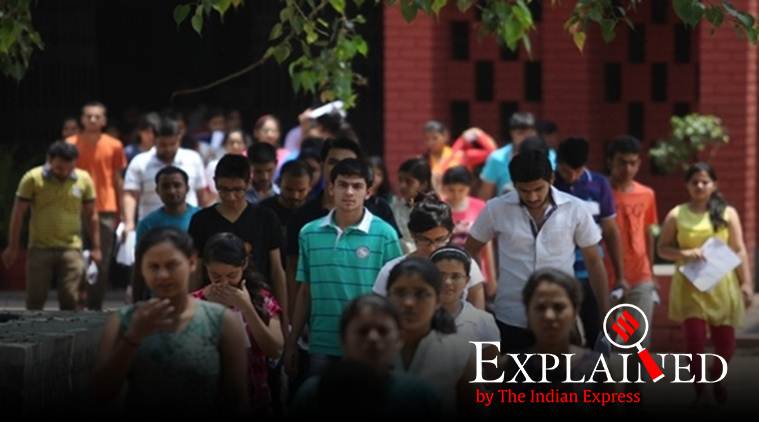Telling numbers: The rise of unemployment rate, within various religious groups
Data on the rates of unemployment across major religious groups over the last three unemployment surveys was presented in Lok Sabha.
 The surveys have been conducted by the National Sample Survey Organisation and the Periodic Labour Force Survey.
The surveys have been conducted by the National Sample Survey Organisation and the Periodic Labour Force Survey.
Union Minister for Minority Affairs Mukhtar Abbas Naqvi presented in Lok Sabha data on the rates of unemployment across major religious groups over the last three unemployment surveys conducted by the National Sample Survey Organisation (NSSO) and the Periodic Labour Force Survey (PLFS).
The three sets of data correspond to the Employment and Unemployment Surveys conducted over the 66th Round (between July 2009-June 2010) and 68th Round (between July 2011-June 2012) by the NSSO as well as the PLFS (between July 2017-June 2018).
 Source: Minority Affairs Ministry
Source: Minority Affairs Ministry
The unemployment rates have been disaggregated for males and females as well as urban and rural areas.
Workers in the “usual status” category include (a) persons who worked for a relatively large part of the 365 days preceding the date of the survey, and (b) persons from among the remaining population who had worked for at least 30 days during the reference period of 365 days preceding the date of the survey.
Category (a) refers to “principal status” and the category (b) to “subsidiary status” and the “usual status” definition includes both. As such, usual status is a more relaxed measure of unemployment.
For instance, some of the unemployed under “principal status” might be working in a subsidiary capacity.
- 01
- 02
- 03
- 04
- 05






































